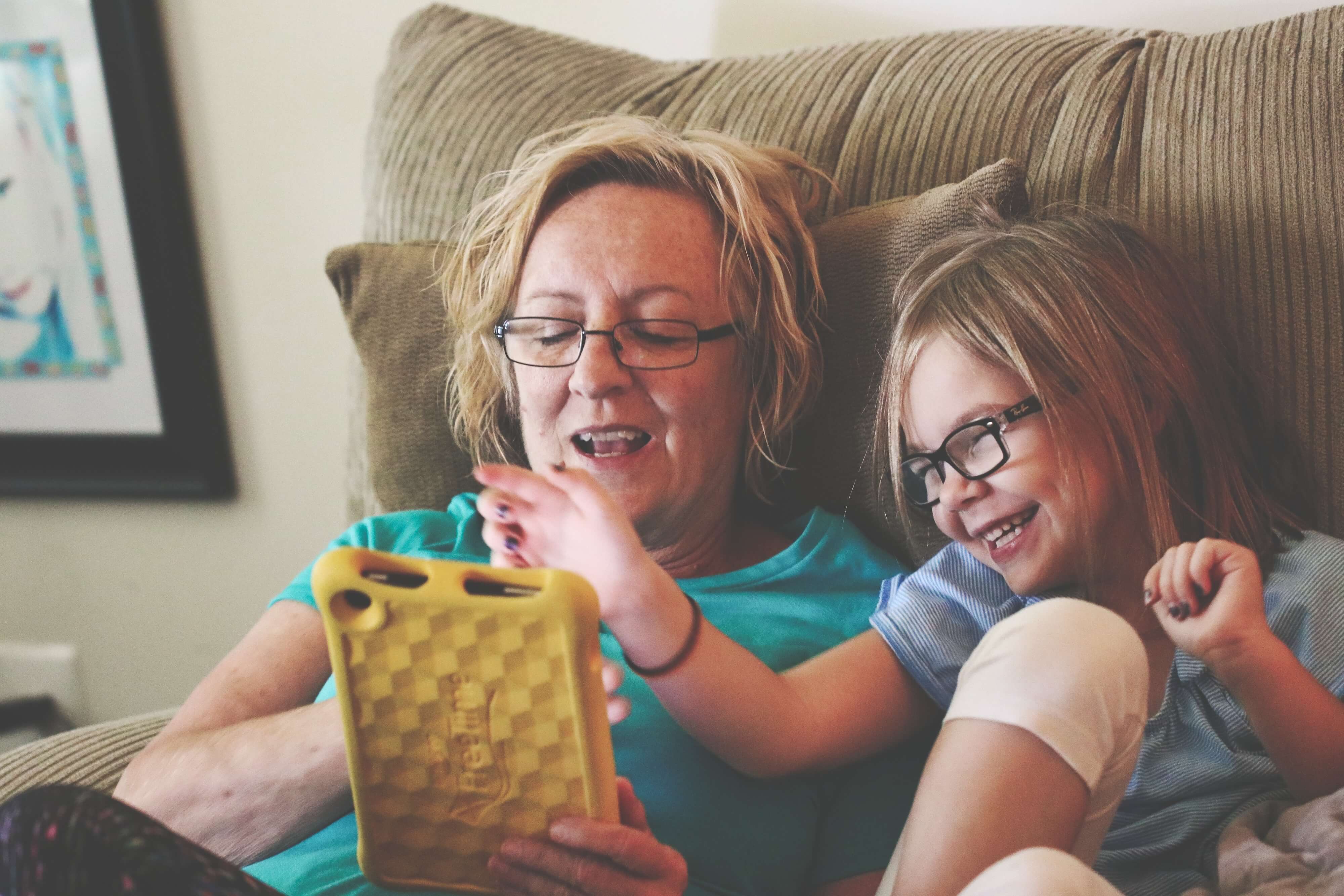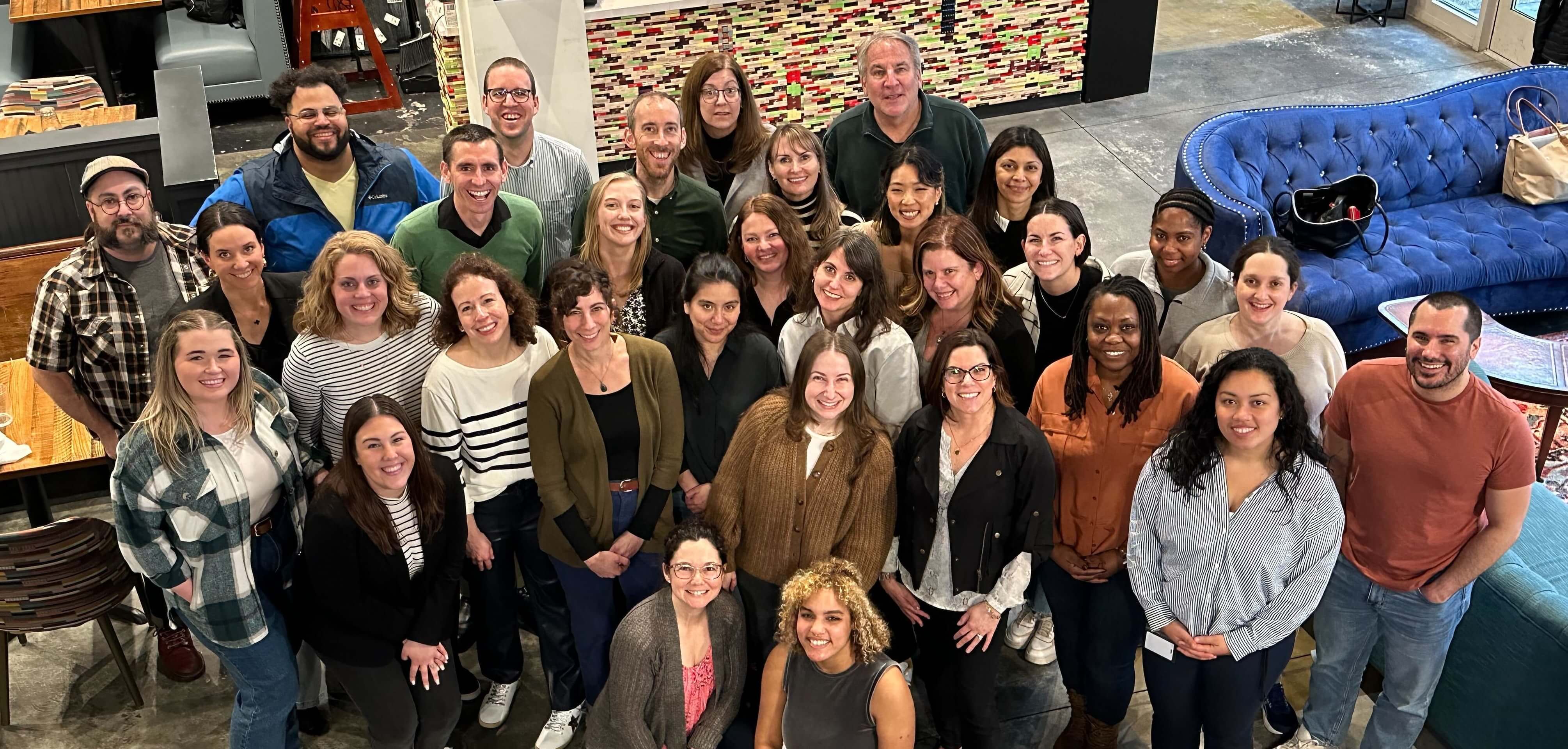How to Talk About Second-Order Consequences with Your Teen Right Now: A Letter from Our Executive Director

Some parents and teachers already make a point of talking about consequences with students. My own mother had me write several compositions on the topic during my middle school years, but let’s save that for a different conversation, perhaps one with a glass of something when this is all behind us. Instead, I’m thinking about second-order consequences right now, the things that happen because of the things that happen.
An example: many of us are working from home and our children are home from school. We are therefore cooking more meals than usual. That’s a consequence. That’s also a lot of kitchens getting more use. The second-order consequences are numerous: more people are buying peanut butter, more dish soap is being used during the day, more bacon is being cooked, and unfortunately, more kitchen fires are likely to happen.
As adults, most of us are very practiced in thinking about the consequences of a decision. If we work from home and the kids are home for lunch and breakfast too, we know we’ll need more groceries. But when decisions lead to new behaviors, there are not only consequences but there are also often second-order consequences that we usually fail to think about ahead of time. When many more households cook bacon, that means more kitchen fires, which then means more busy medical professionals treating injuries resulting from accidents instead of treating virus-related issues. During times of change, it is very easy to be surprised by second-order consequences.

Here’s another example: when millions of people begin working from home, Uber and Lyft drivers are going to see a steep drop-off in ride fares. Fewer rides is actually an intended first-order consequence of the “shelter-in-place” guidance in some states right now; fewer ride shares mean fewer vectors for virus transmission. But reduced revenue for drivers is actually an unintended first-order consequence. A second-order consequence is those drivers having difficulty making rent, paying the mortgage, or paying for food. The expected slow-down in jobs dependent on business-as-usual is why we are hearing lawmakers debate sending financial relief directly to citizens. But there are many other second-order consequences that policy experts and lawmakers are overlooking because this is unfamiliar territory. It gives us a very teachable moment about how becoming better decision-makers prepares us to manage crises, in addition to everyday life.
Advanced decision-makers think about second-order consequences in their work, personal lives, and their broader community. They think about them as part of considering alternatives before making a decision. They think about them when they do premortems to try to understand what might go wrong and how to mitigate it. High-quality decision making takes into account the range of consequences that might occur based on a decision and the second-order consequences that will likely follow from each possible scenario.
Right now is an excellent time to talk with your teen or students about second-order consequences. Every day in the news we see decisions that are some people’s best efforts to steer us toward one alternative future rather than others—for example, shelter-in-place orders to “flatten the curve.” The intended consequence is to reduce virus transmission. Some other direct consequences will be a slow-down in normal business. Ask your teen what they think are likely consequences of the curve being flattened. Will it make the outbreak last longer? What will be the effect on vacation rentals for June? What will be the effect on the number and kind of gardens being planted this spring? How will slowing the virus affect college applications? Teenagers don’t have fully developed impulse control and executive function, but they do have well-developed imaginations. Thinking about second-order consequences is an engaging and practical decision skill that they can work on right now. It is both timely and developmentally appropriate.
We can use this time at home for deeper and more personalized learning with our students. We can explore ideas and talk one-on-one about them. We can also use these learning opportunities to develop new mental habits for ourselves. As we talk with teens about second-order consequences, it will train our brains to think that way too.
I hope that you and your family are staying safe and making good decisions.
Warmly,
Joe

